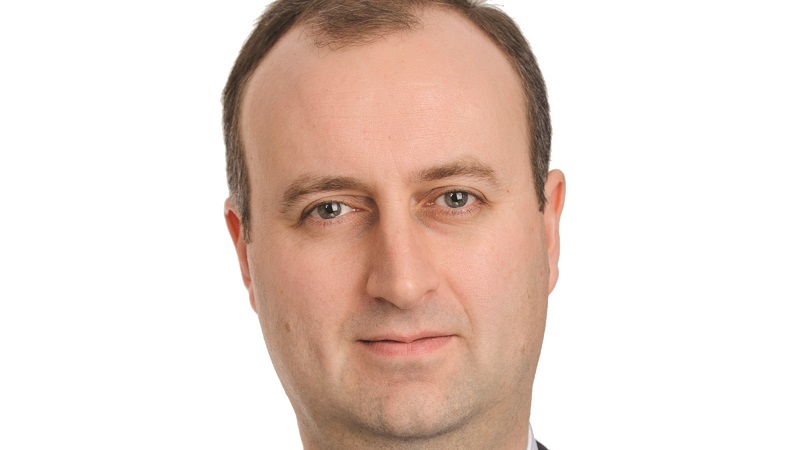UK asset management firms were hit hard by Q4 volatility, with “very few firms proving resilient” during the period, according to a report from broker and analyst firm Peel Hunt.
The headwinds, which included falls in the FTSE All-Share and the MSCI World Index by 11% and 12% respectively, saw average assets under management (AUM) declines of 8%, and average declines in flows of 10% during the quarter [see chart].

AJ Bell investment director Russ Mould says: “Considering active managers have long touted the idea that volatility helps them differentiate their offering, it was a slow start.”
However, there were notable differences in performance between the firms covered. Liontrust was the most resilient with a quarter-on-quarter (QoQ) increase in Q4 flows of 16.9% and a year on year fall of just 17.5%. Jupiter saw the biggest fall in Q4 year on year (YoY) flows at -350%, but a QoQ increase of 87.5%, Polar Capital saw the next biggest drop with flows of -147.9% and a QoQ fall of 220%.
Niche expertise boosts resilience
Peel Hunt analyst Stuart Duncan (pictured) explains that broadly speaking diverse asset exposure helps protect against volatility, but that successful niches were what differentiated the companies that performed best in Q4 2018.
“Liontrust’s UK Special Situations Fund is a long-term vehicle with a distinctive process and style,” he says. “The fund is in the first quartile and performing well over one, three and five years and is currently attracting assets. Similarly, the company acquired Alliance Trust’s sustainable funds in April 2017, again providing it with a differentiating niche.”
Impax Asset Management grew QoQ flows by 40.3% in large part because of its Water Strategy Fund, according to Duncan. He says that it was this type of differentiated product that gave asset managers their USP. “It would be very difficult for trackers to replicate a product like this over the long term,” he says.
Polar Capital and Jupiter experienced outflows but there were idiosyncratic factors at play according to Guinness Asset Management fund manager Will Riley. “Despite QoQ outflows from Healthcare Opportunities, and a slide in the Japan Fund rankings, Polar Capital’s AUM increased 8.1% year-on-year and the Global Technology fund (with just under $3bn in AUM) is in the top decile over three years.”
Riley also explains that Jupiter’s core issue was its Dynamic Bond Fund which makes up about 15% of assets but has underperformed. “This has been a key swing factor for the business. That said, the business is well diversified. It has 15 funds with AUM of over $1bn and some very well-performing vehicles such as the Jupiter Merlin portfolios.”
Steady Eddie stocks
Square Mile analyst Jason Broomer explains that there were some resilient pockets in Q4 which will have provided protection, including utilities, infrastructure stocks, and property insurance. “These are dull, steady Eddie sort of stocks but they aren’t economically sensitive,” he says. “It’s just important to have that diversification.”
Interestingly, Broomer adds that buffers against volatility were very different in Q4 2018 than during the similar correction in Q1. “Markets were led out of the first correction by e-commerce stocks like Amazon, so holding these would have benefited portfolios. By Q4 these stocks were widely seen as overvalued and this correction was one of the causes of the volatility in the first place.”
Price sensitivity
But analysing asset management firms according to quarterly flows may not be entirely fair since, as Broomer says, it is almost impossible to be as agile as the markets when they move so quickly.
He says: “This is particularly true when managers are using open-ended funds. It takes time to place transactions and then they’re forward priced. It is difficult to get the right market position.
“In addition to this, market sensitivity is built into their business model. Firms charge fees based on stock market levels – 1% per annum on average – so if the stock market falls their flows fall, it’s as simple as that.”











